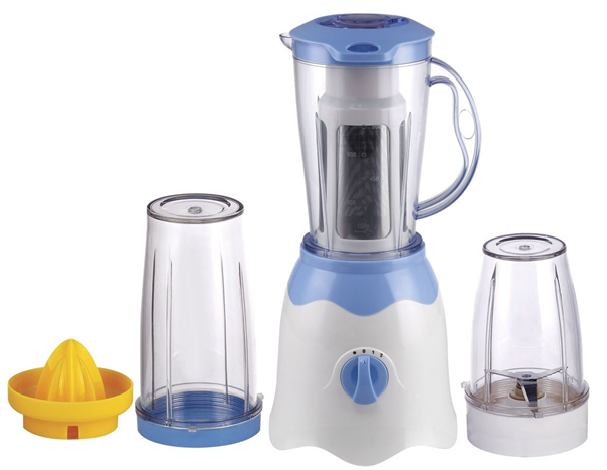
Which one is better? Juicing Vs. Smoothies
If you are looking to add liquid nutrition to your regimen, fresh juices and smoothies both offer nutritional benefits. Each, however, has distinct advantages and drawbacks. When you want to boost your intake of fresh vegetables and fruits, juicing is a good way to achieve that goal. If you need an on-the-go meal or snack that provides nutrients to keep you feeling full, smoothies are an excellent choice
Advantage of juicing:
The top reason to juice is to increase your intake of fresh produce. Vegetables and fruits supply the body with a wealth of vitamins and minerals that help boost immunity and fight oxidative stress in the body. Juicing also affords you an opportunity to experiment with vegetables you might not normally consume or know how to use in recipes, like kale or beets, which are bursting with nutrients such as vitamin K and B vitamins. Juicing process makes the nutrients in produce more readily available because your body does not have to break down the food before absorbing the nutrients.
Considerations about Juicing:
Juicing strips most of the fiber content from vegetables and fruits. The Institute of Medicine’s recommended daily amount of fiber is 25 grams or more, depending on gender and age, but the average American gets only 15 grams a day, says the Harvard School of Public Health. Because the produce used to make fresh juice will not count toward your fiber intake, you’ll need to make sure you are getting enough fiber from other daily servings of vegetables and fruits. Juice is also not a meal replacement, since it is not a significant source of protein, and protein and fiber are the nutrients needed to fill you up. You will need to invest in a juicer to start juicing, which is an added expense.
Advantages of Smoothies:
Just an ordinary blender will do good smoothie job. Given the right ingredients, you can easily make a light, nutritious meal with a smoothie by combining fruits and vegetables with a source of protein, such as soy milk, low-fat yogurt or a scoop of protein powder. As with juicing, making smoothies allows you to blend foods you might not think of combining. You will retain the fiber in fruits and vegetables when you make a smoothie, and you can add more beneficial fiber and heart-healthy omega-3 fatty acids by tossing in a few tablespoons of flaxseed or chia seeds. The fiber and protein in a smoothie add up to a satisfying meal or snack.
Considerations about Smoothies:
For the most nutritious smoothies, aim for a mix of fruit, vegetables, healthy fat and protein, which can help you lose or maintain weight. Remember adding extra sweet, honey, ice cream, sugar can increase your sugar level.
Reference source:
http://healthyeating.sfgate.com/
http://www.incrediblesmoothies.com/
Image source:
http://i00.i.aliimg.com/wsphoto
Author: HealthyLife | Posted on: July 8, 2015
« Juvenile Arthritis Get rid of that Hypertension from your body »






















Write a comment